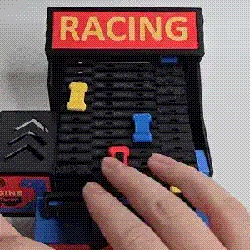As hardware ages, it becomes harder and harder to keep it in service. Whether that’s because of physical aging or lack of support from the company who built it in the first place, time is not generally good for electronics, especially when it comes to our beloved retro gaming systems. The first Playstation, for example, is starting to see some of the deleterious effects of having originally been built in the 90s, and [LorentioB] has a new, third-party motherboard to bring to the table to keep these systems online as well as adding some features in that Sony removed.
The motherboard is known as the nsOne, meaning Not Sony’s One since this is the first motherboard built by a single person outside of Sony. It’s not based on any FPGAs or emulators and is completely compatible with all of the original hardware, chips, and other circuitry of the original Playstation. Based on the PU-23 series, it even revives the removed parallel port, which Sony removed after the first versions of the hardware because of region locking concerns and other pro-consumer issues. Every chip footprint and connector was reverse engineered manually, using optical sanding, scanning, and net-by-net tracing.
For such a complex piece of hardware this is quite the feat, and for anyone who wants to restore old hardware or add the parallel port back on to their system this could be a game changer. [LorentioB] is not quite finished yet but hopes to have a finished version shortly. As far as fully opening up the system goes, there are some software hacks to look at that allow more games to run on the system and some hardware hacks that open the system up as well.



















